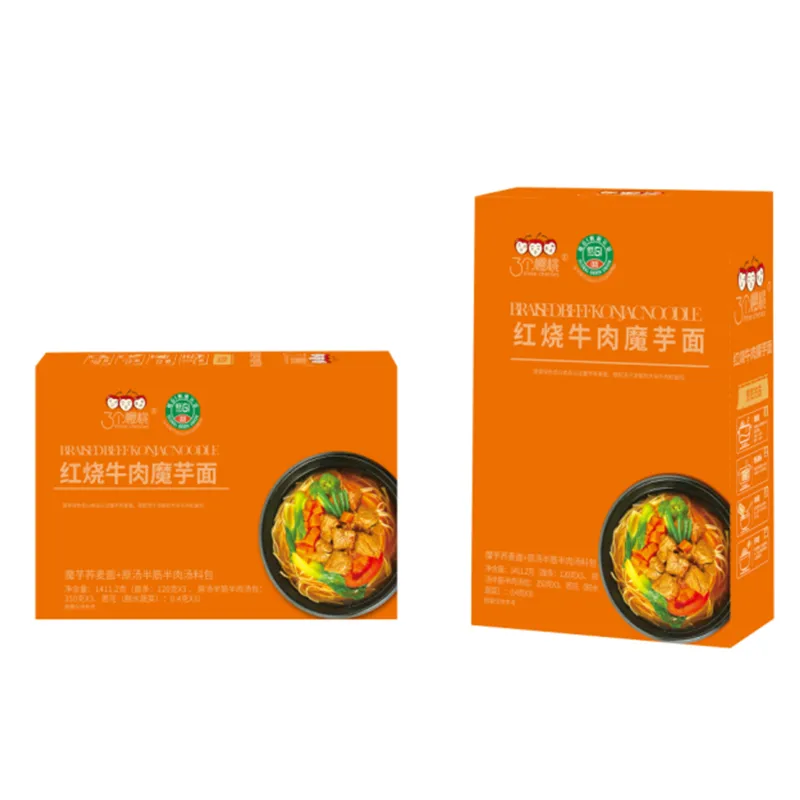buckwheat ramen noodles
Exploring the Versatility of Buckwheat Ramen Noodles
In the ever-evolving world of culinary delights, buckwheat ramen noodles have emerged as a nutritious and versatile ingredient that is catching the attention of food enthusiasts and health-conscious eaters alike. Traditionally associated with wheat flour, ramen has undergone a transformation with the inclusion of buckwheat – a gluten-free grain packed with essential nutrients. This article delves into the history, nutritional benefits, and culinary possibilities of buckwheat ramen noodles.
A Brief History of Ramen
Ramen, a dish that has its origins in China, has become a beloved staple in Japanese cuisine. The classic bowl of ramen typically features wheat noodles served in a savory broth, accompanied by various toppings such as sliced pork, green onions, and nori. However, the adoption of buckwheat into ramen recipes signifies a new wave of innovation, catering to those with gluten sensitivities or those simply seeking to diversify their diet.
Buckwheat, despite its name, is not related to wheat and is, in fact, a seed from a plant related to rhubarb. Rich in antioxidants and vitamins, this grain has been cultivated for centuries and is traditionally used in dishes like soba noodles. The transformation of buckwheat into ramen noodles represents a fusion of cultural cuisines, bridging traditional Japanese flavors with the wholesome goodness of this ancient grain.
Nutritional Benefits
One of the most significant advantages of buckwheat ramen noodles is their nutritional profile. Buckwheat is an excellent source of protein, fiber, and essential minerals like manganese, magnesium, and phosphorus. Additionally, buckwheat contains rutin, a flavonoid that has been linked to improved heart health. Unlike conventional wheat noodles, buckwheat ramen is gluten-free, making it an ideal option for those with celiac disease or gluten intolerance.
Moreover, buckwheat noodles have a low glycemic index, which means they can help regulate blood sugar levels. This characteristic makes them a fantastic option for diabetics or anyone seeking to maintain steady energy levels throughout the day.
buckwheat ramen noodles

Culinary Possibilities
The versatility of buckwheat ramen noodles makes them an exciting ingredient to explore in the kitchen. Their earthy flavor complements a wide range of dishes and can be used in more than just traditional ramen soup. Here are a few innovative ways to enjoy buckwheat ramen noodles
1. Cold Noodle Salads Buckwheat ramen can be blanched, cooled, and tossed with fresh vegetables, sesame oil, and a light soy dressing for a refreshing summer salad. Adding proteins like grilled chicken or tofu can turn it into a complete meal.
2. Stir-fries The chewy texture of buckwheat ramen holds up well in stir-fry dishes. Toss the noodles with a mix of colorful veggies, ginger, garlic, and a protein of your choice for a quick and nutritious weeknight dinner.
3. Soup Variations While buckwheat ramen is perfect for traditional ramen broth, it can also be a delightful addition to miso or curry soups. The noodles absorb the flavors of the broth beautifully, providing a heartwarming dish.
4. Noodle Bowls Create a custom noodle bowl by layering buckwheat ramen with roasted vegetables, avocado, and a drizzle of tahini or spicy peanut sauce.
Conclusion
Buckwheat ramen noodles are much more than a trendy health food; they are a gateway to exploring new culinary horizons. Their rich nutritional content and adaptability make them a wise choice for anyone looking to enhance their diet. As we continue to embrace diverse ingredients and cuisines, buckwheat ramen stands out as a nourishing and delicious option that can fit into a variety of meals. So, the next time you’re in the kitchen, consider exchanging traditional wheat noodles for the nutritious merits of buckwheat – your taste buds and body will thank you!
-
The Wholesome Delight of Organic NoodlesNewsAug.15,2025
-
The Vibrant Delight of Spinach NoodlesNewsAug.15,2025
-
Savor the Spicy Delight of Hot Pot NoodlesNewsAug.15,2025
-
Savor the Chill with Irresistible Cold NoodlesNewsAug.15,2025
-
Indulge in the Authentic Delight of Udon NoodlesNewsAug.15,2025
-
Dive into the Delicious World of Cart NoodlesNewsAug.15,2025
-
Unlock the Delicious Potential of Yam NoodlesNewsAug.11,2025
Browse qua the following product new the we







